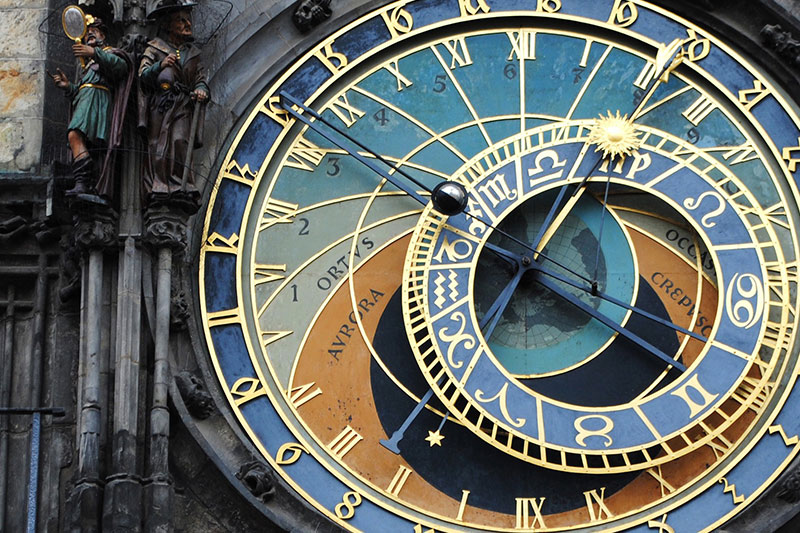

On one side there’s the Angel of Peace blessing the Münchner Kindl, the Munich’s child-monk mascot. There’s also a mini-show at 9pm, when two figures appear from the bays below the clock face. The next Schäfflertanz, performed by guys in the same old-fashioned get up, will be in February 2019! You can see a couple of cooper statues in more detail at the entrance to Schäffler Strasse, west of the Marienhof park at the back of the Neues Rathaus. The Bavarian duke Wilhelm IV ordered the dance be re-enacted every seven years to keep the deadly disease in the collective memory. Legend says the coopers started the dance to give Munich’s residents the all-clear that the plague was done and dusted. The dance is popularly thought to have begun in the devastating plague year of 1517, but it actually dates back further.

On the lower level you can see the red-coated city’s coopers (barrel makers) do a ritualistic jig known as the Schäfflertanz. The groom, Wilhelm V, became famous as the man who founded the famous Hofbrauhaus, and rather infamous for leading massive witch hunts across his domain. The Munich Glockenspiel shows a Bavarian knight battling a French jouster and as you'd expect the Bavarian always wins. He’d reportedly “injured several fingers on his left hand, but not before unhorsing four riders”.

HORSEBACK HEROES: A medieval joust plays out Glockenspiel's top level.Ī well-named bloke called Caspar Nothaft von Wernberg zu Alhaming was declared the overall winner. The crowd highlight was the Kröndlstechen, or crown joust, which took place right on Marienplatz and is now a big part of the Glockenspiel show. On the day of the nuptials the bride was collected from the nearby town of Dachau by no less than 3500 mounted riders. It was a huge dynastic deal, the Austrian archdukes arrived in a train of over 1500 horses and more than 600 oxen were carved and cooked up for the revellers. Is played out on the Munich Glockenspiel.The top level recounts the 1568 wedding of Duke Wilhelm V (1548-1626) and Renata of Lorraine (1544–1602), one of the most expensive and downright decadent weddings of the Middle Ages. To get a better view of what’s going on head up to the third or fourth floor of the Hugendubel bookstore across the square. Different tunes are played on the clock’s 43 bells. The show lasts about 15 minutes and concludes with the golden bird up the top emerging and chirping three times.


 0 kommentar(er)
0 kommentar(er)
